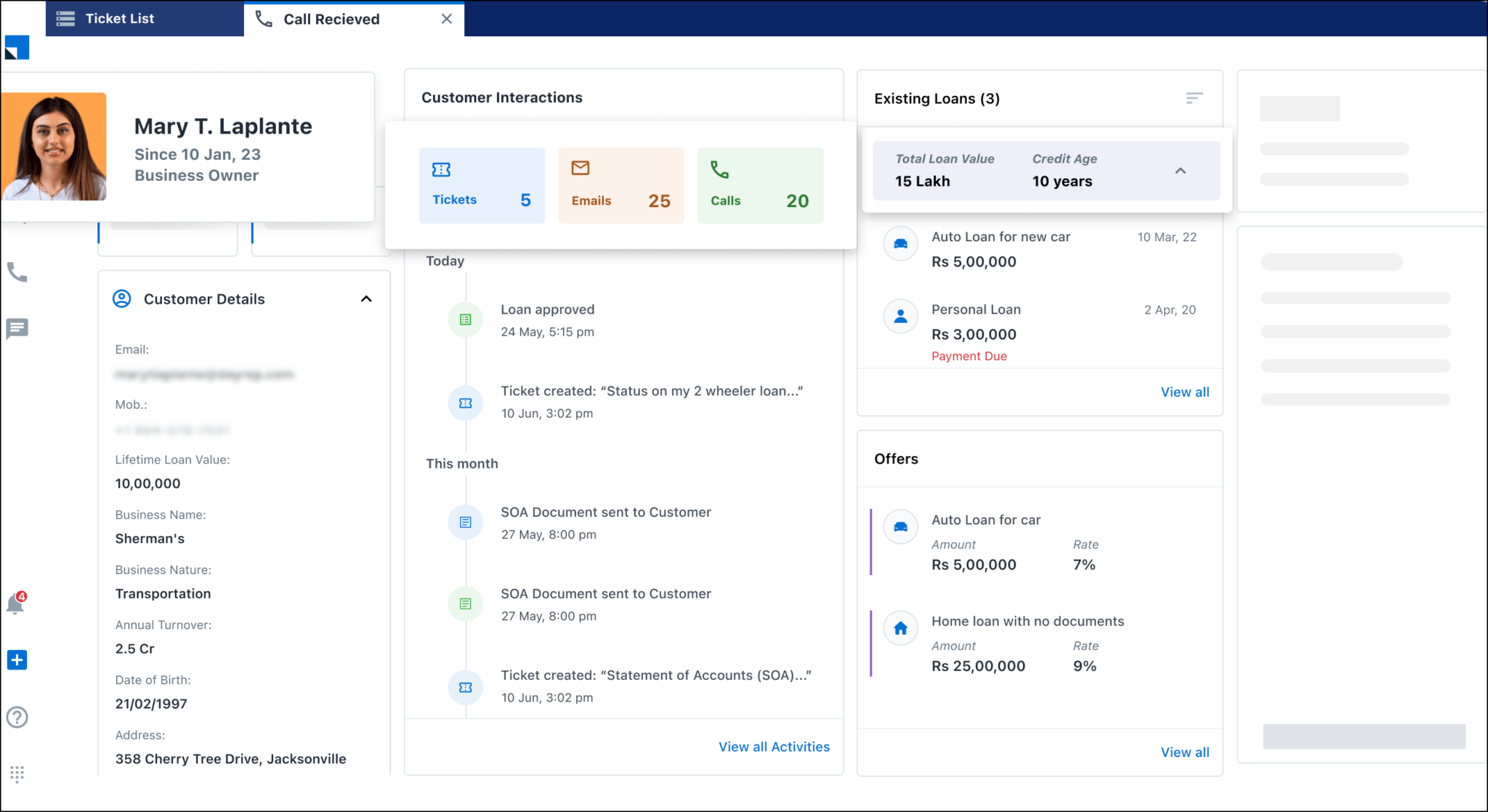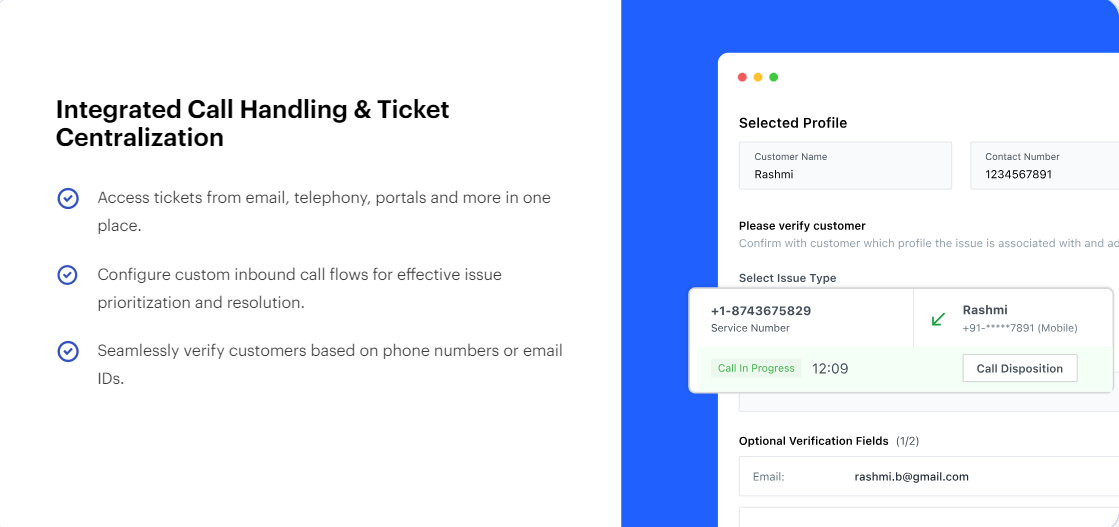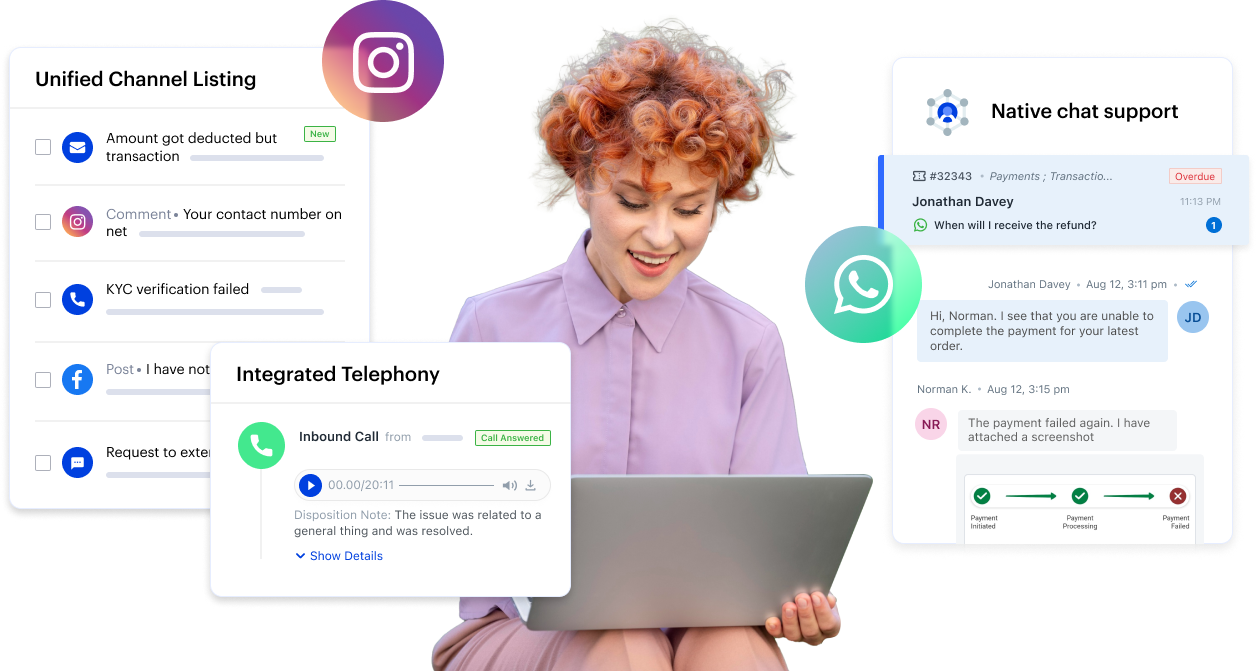- Home
- Learn
- Customer Experience
- Service Lifecycle Management 101: Framework, Benefits, and Software
CUSTOMER EXPERIENCE
Service Lifecycle Management 101: Framework, Benefits, and Software
Contents
Aftermarkets have long been overshadowed by company-wide digitization initiatives. We all know that after-sales revenue is essential. However, it has been tough, if not impossible, to get the people, processes, and technology in place to make strategies work.
Executives now know that the quality of their after-sales service can either make or break their business. The good news is that Service Lifecycle Management (SLM) makes it easier for companies to have a smooth experience across each customer touchpoint during the service lifecycle.
As per a market study, the adoption of SLM solutions is being largely driven by the rapidly increasing need for forecasting and preventive maintenance. Leading organizations leverage SLM to deliver end-to-end products and services across various industries, showcasing their credibility and the impact of their offerings. SLM covers all the processes involved in customer service delivery, from strategy to design to continuous improvement.
To put it simply, SLM is the heartbeat of a service-oriented organization.
In this post, you’ll learn the nitty-gritty of service lifecycle management (SLM), understand its framework, identify problems an SLM platform can solve for you, and see how a Service CRM can simplify SLM for you – leading to greater customer experiences and business efficiency!
Service Lifecycle Management (SLM) is the process of managing the entire lifecycle of a service — from strategy and design to delivery and retirement. Effective SLM is critical to high customer satisfaction, enabling businesses to optimize their service delivery processes and build long-term customer relationships.
By managing each service lifecycle stage, businesses can ensure they meet customer expectations and respond to customer needs.

Service lifecycle management (SLM) offers a multitude of benefits that can significantly enhance an organization’s service delivery and operational efficiency. By implementing a robust SLM framework, your business can streamline service operations, reduce maintenance costs, and ultimately drive revenue growth! Here are some of the key benefits of SLM:
SLM enables organizations to deliver high-quality services that meet customer expectations consistently. By ensuring that services are delivered efficiently and effectively, businesses can enhance customer satisfaction and foster long-term loyalty.
SLM streamlines service operations, reducing the time and resources required to deliver services. This allows organizations to respond swiftly to changing customer needs and market demands, thereby improving overall operational efficiency.
With SLM, organizations can optimize their maintenance activities, minimizing the need for costly repairs and reducing asset downtime. This proactive approach to maintenance helps in extending the lifespan of assets and lowering overall maintenance costs!
As it provides real-time visibility into field service activities, SLM enables organizations to optimize their field service operations. This leads to more efficient service delivery, quicker issue resolution, and improved customer satisfaction!
By leveraging SLM, organizations can deliver services more efficiently and effectively, enhancing the overall customer experience. This not only boosts customer satisfaction but also contributes to the organization’s reputation for reliability and excellence. SLM processes and software also strengthen the profitability of service calls.
In essence, SLM is a powerful tool that can transform service operations, leading to better customer experiences and improved business outcomes. Now, let’s take a look at its framework.
The Service Lifecycle Management (SLM) Framework is a way of managing the entire service from concept to retirement. It is a structured approach that ensures that all aspects concerning service delivery, performance, and improvement are dealt with in the best way possible. It outlines the service lifecycle management process and leads to improved customer satisfaction and business outcomes.
At the core, the SLM Framework breaks down the service lifecycle into various stages, each of which is managed using defined processes, tools, and best practices. Understanding the SLM framework is important to any organization that needs to enhance service delivery. In essence, the five main elements of the framework are:
This implies an understanding of customer needs, determining the scope of service, and ensuring that the service produced can effectively support business objectives. At this stage, designing the service offering to meet customers’ demands is done while considering cost, resources, and feasibility.
Maximizing service knowledge can enhance profitability and customer loyalty by providing a comprehensive understanding of service-related information, such as service BOM and asset configurations. This empowers businesses to adopt modern service lifecycle management strategies.
It also encompasses service-level agreements or SLAs, which create expectations around response time and resolution time, among other metrics that concern service performance.
Now, it moves from design to deployment. Finalize the setup, prepare the infrastructure, train the staff, and ensure all the tools and resources are in place for the service to run smoothly. Proper service transition reduces downtime and delivers the service as designed.
In this stage, the actual service is provided. This focuses on carrying out a planned task and managing daily service operations, catering to real-time customer needs or concerns.
It works on providing smooth and consistent services, adhering to SLAs, and catering to the customer base. An efficient service operation is a good way to get high satisfaction levels from your customer base.

At this stage, services are constantly monitored and improved upon. This involves monitoring service delivery performance, asking customers for feedback, and reviewing critical metrics to find areas that need improvement.
Continual service improvement optimizes processes, removes inefficiencies, and aligns services with changing customer needs or business environments.
At some point, a service will have served its natural lifecycle and will retire. This process will include deactivating the service, moving any outstanding customer requests or needs to alternative services, and notifying your customers of this change.
Service retirement thus creates a smooth transition for both business and customers, minimizing the disruption while preparing for something new or updated.
The SLM Framework provides proper management of the service offerings that an organization does by ensuring uniformity in all phases of the lifecycle – the first one being the emphasis on customer satisfaction, then on efficiency, and finally on continuous improvement.
This way, your business can ensure all gaps in service delivery will be closed, customers will be retained, and long-term success will be achieved! What puts the cherry on the cake, is having a good service lifecycle management platform.
Many companies face big problems without an SLM platform:
These challenges not only affect customer satisfaction, but also hinder overall business efficiency, impacting long-term success.
Sales are key, but retaining clients is all about the quality of our after-sales service. When customers feel ignored or see promises not being met, it can lead to churn and damage our business reputation. We must focus not only on making the sale but on building relationships and delivering on our promises, so every customer feels heard and supported.”
– Deepal Thaker, Lead – Sales Operations, LeadSquared
Service lifecycle management software like LeadSquared’s Service CRM can solve the above challenges we mentioned, and much more.
Here’s how:

Sometimes, teams can be disconnected from each other and even be unaware how their data and actions affect and can improve service delivery. Delivering great service takes a connected team. Always assess any software solution against your unique needs.
Service lifecycle management software like LeadSquared’s Service CRM is designed to help businesses of all sizes achieve these benefits, with scalability, ease of use, and customization to suit different industries.
Streamline business operations with a single source of service data to accurately manage the planning, forecasting, pricing, returns, repair, recalls, and refurbishment of service parts.
LeadSquared’s Service CRM is a full service lifecycle management platform. It offers an end-to-end, omnichannel customer support suite, enabling your agents to handle customer care inquiries more quickly and with greater customer satisfaction (CSAT).
It covers every stage of the service lifecycle—from ticket creation to service resolution and beyond. Under one seamless system, you can utilize all customer insights related to sales, marketing, and customer service! Boost revenue generation through valuable insights into product updates, spare parts revenue & service contracts.

Key features include:
These are just some of the reasons why LeadSquared’s Service CRM is the go-to choice for businesses – especially those that need an all-in-one service lifecycle management solution! Moreover, it offers scalability and customization to suit different business needs.
By using LeadSquared, your organization can tie all its processes together, so every customer interaction is handled with care and precision. This improves customer experience and operational efficiency, so teams can focus on what they do best —delivering great service!
In a world where customer satisfaction and operational efficiency are key, service lifecycle management is vital to business strategy. The market for service lifecycle management was estimated to be worth USD 1594.16 million in 2022, and it is anticipated to grow at a compound annual growth rate (CAGR) of 8.26% to reach USD 2566.76 million by 2028.
Companies must navigate a complex landscape of customer interactions, operational demands and market fluctuations all while trying to maintain high service quality. LeadSquared’s Service CRM is a comprehensive and user-friendly solution that helps businesses to not only meet but exceed customer expectations!
Ready to supercharge your service lifecycle management? Get a demo now and see how LeadSquared CRM can help you tackle challenges and build lasting customer relationships. Go service!